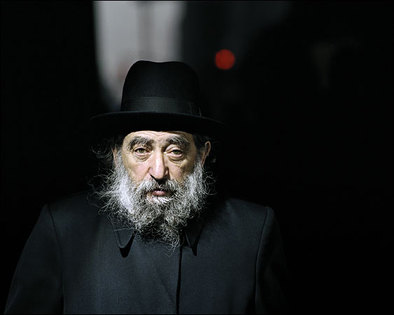Update on Nussenzweig v. diCorcia Case (July ’07)

The Nussenzweig v. diCorcia Case is hardly over. Nussenzweig is now appealing the recent decision from New York’s Appellate Division, where the Court affirmed the lower court ruling that diCorcia did not invade Nussenzweig privacy and that diCorcia did not use the photograph of Nussenzweig for commercial purposes. A brief recapitulation of the case follows below.
Plaintiff Emo Nussenzweig brought action against Philip-Lorca diCorcia in 2006 for unauthorized use of his likeness. Between 1999 and 2001 diCorcia created a series of photographs entitled “HEADS” consisting of candid, un-staged images of people in Times Square as they passed by a particular location, and where the photographs were tightly focused on their individual subjects and printed at four-feet-by-five-feet. In addition to gallery exhibitions, the photos appeared in a catalogue and numerous advertisements and reviews. However, this case was mainly complicated by the fact that diCorcia did not seek or obtain consent to photograph any of the people who appeared in his collection. Nussenzweig claims that diCorcia’s sale of photographs containing Nussenzweig’s image constitutes an unauthorized use of his likeness for trade in violation of Civil Rights Laws 50 and 51. Furthermore, Nussenzweig is a Hasidic Jew and alleges that DiCorcia’s work violated his religious beliefs and impedes his religious freedom. Nussenzweig made the argument that his religion prohibited the use of “graven images” but the judge found that the Constitution’s protection of freedom of religion only applies to a government actor.
The Supreme Court of New York (the lowest court in New York State) granted diCorcia’s motion for summary judgment and dismissed Nussenzweig’s complaint for two reasons. First, Nussenzweig’s action was barred by the one year statute of limitations, though the Court of Appeals (New York State’s highest court) might interpret it differently. Second, Nussenzweig failed to state a cause of action because Civil Rights Laws 50 and 51 only pertain to advertising purposes or for trade. However, the district court held that diCorcia’s collection was art and not advertising or used for commercial purposes.
Nussenzweig then brought appealed the district court decision to the New York Appellate Division who, on March 20, 2007, unanimously upheld the Supreme Court’s decision based on the statute of limitations, but refrained from making any other determinations. However, concurring opinions to the Appellate Division’s opinion determine that diCorcia’s collection constituted art and not a commercial purpose and that the photograph did not infringe on Nussenzweig’s freedom to practice his religion.
The New York Court of Appeals granted Nussenzweig leave to appeal on Jun 19, 2007. A decision has yet to be made.



Comments